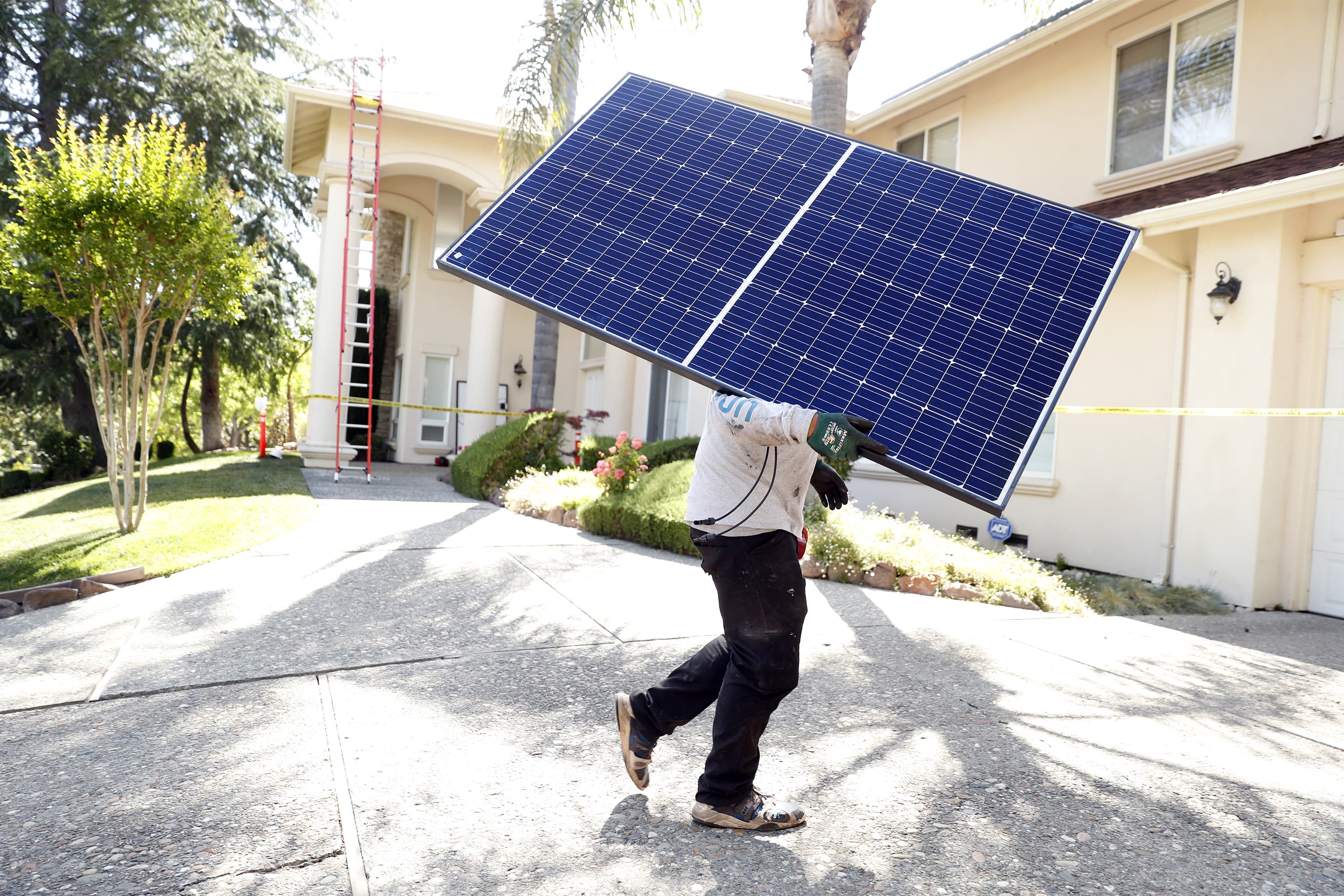I don't understand how a demand fee would eliminate it any better than TOU.
So let me put my own numbers to it, from relatively sane LADWP.
So at about 25k kwh per year, (two evs plus mostly electric stuff), let's say before solar and PWs it was about $6k a year. It was probably more.
Averaged over the 20 year life of the system, which produces 27K kwh per year (LADWP never pays for overage but you do get 1 to 1 credit) the system costs about $4,000 per year.
I have minimal electric bills of about $300 per year.
But there are some more numbers.
At an average of 4 cents per kwh, sure, I used $1,000 less of energy per year from LADWP's view, but that's $1,000 less they had to source. So who cares.
The problem is, I also paid $5k less each year to support the grid, yet I am still connected to it.
That's like $400 a month. Now, I heard about a proposed $8 per installed kwh charge. Well, for me that would be 16.32 x $8 per month or $128 a month.
Well, that does make my whole personal energy system close to a wash, but that's not the point, maybe I would do it anyway.
My point is, that even charging me another $128 a month doesn't come close to the grid maintenance fees LADWP lost by me putting in a personal system.
Other than eliminating personal energy systems entirely, without gov support the utilities can't make it add up.
Which is why they are fighting so hard.



